Home>Furniture>Kitchen Furniture>How Does A Soft Serve Ice Cream Machine Work
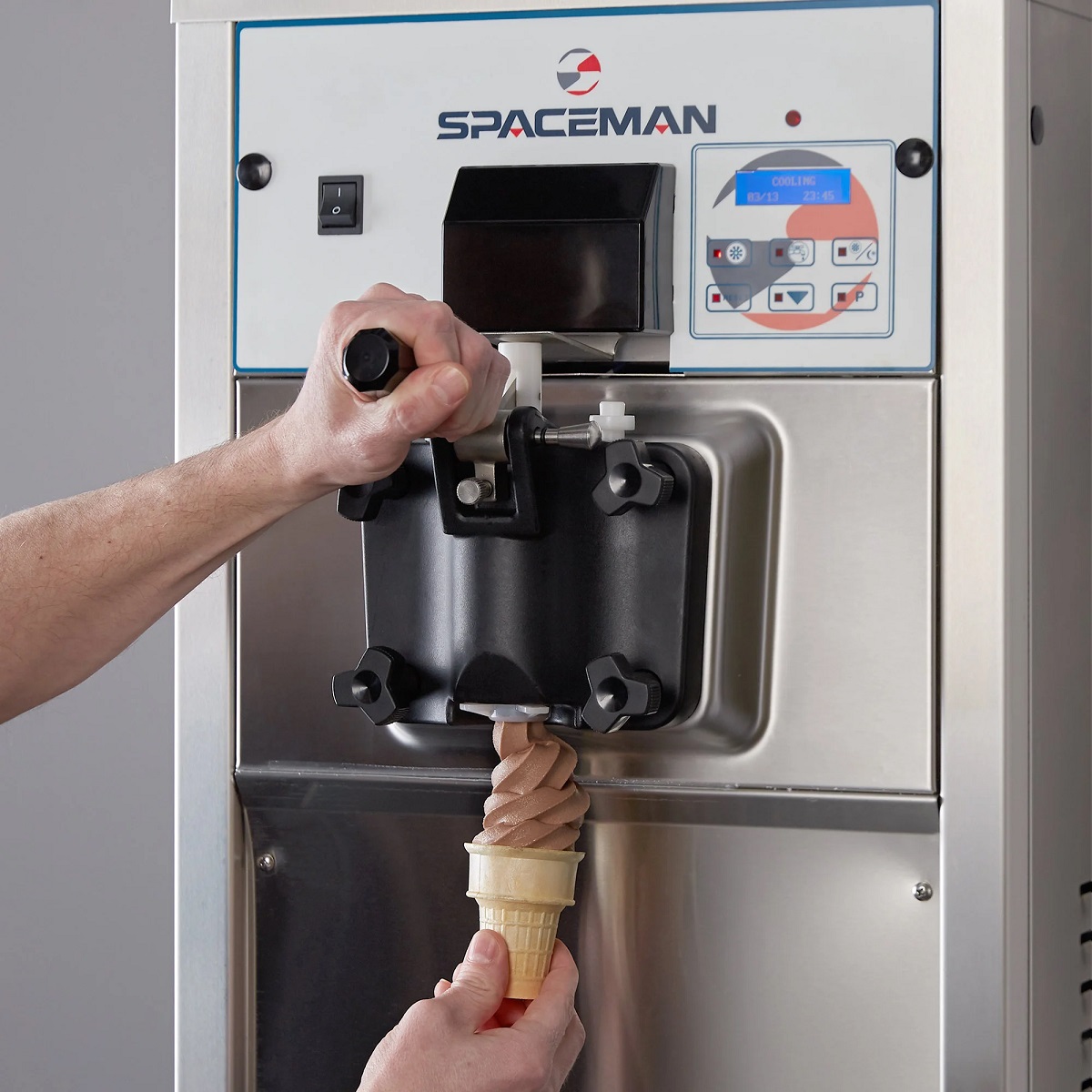

Kitchen Furniture
How Does A Soft Serve Ice Cream Machine Work
Modified: January 6, 2024
Discover how soft serve ice cream machines work with our informative articles. Learn about the mechanisms and processes behind this popular treat.
(Many of the links in this article redirect to a specific reviewed product. Your purchase of these products through affiliate links helps to generate commission for Storables.com, at no extra cost. Learn more)
Introduction
Soft serve ice cream is a beloved frozen treat enjoyed by people of all ages around the world. Whether it’s a summer day at the beach or a late-night craving, soft serve is a go-to choice for many. But have you ever wondered about the inner workings of a soft serve ice cream machine? How does it take liquid ice cream mix and turn it into a creamy, frozen delight?
In this article, we will explore the fascinating world of soft serve ice cream machines and dive into how they work their magic. From the components that make up these machines to the intricate processes involved in freezing and dispensing the ice cream, we will uncover the secrets behind this delightful dessert.
So, grab a spoon and get ready to learn about the inner mechanisms of a soft serve ice cream machine!
Key Takeaways:
- Soft serve ice cream machines combine technology, science, and artistry to deliver a delightful frozen treat that brings smiles to people’s faces. From the cooling and freezing processes to the incorporation of air and the precise dispensing techniques, each step plays a role in creating the perfect soft serve experience.
- Proper cleaning and maintenance are essential for ensuring the longevity and optimal performance of soft serve ice cream machines. Regular cleaning, sanitization, deep cleaning, lubrication, and preventative maintenance are crucial for delivering safe and high-quality soft serve ice cream to customers.
Read more: How Much Is A Soft Serve Ice Cream Machine
Components of a Soft Serve Ice Cream Machine
A soft serve ice cream machine consists of several key components that work together to create the perfect soft and creamy texture of the ice cream. Let’s take a closer look at each of these components:
- Refrigeration System: The refrigeration system is responsible for cooling the ice cream mix to the optimal temperature for freezing. It typically includes a compressor, condenser, evaporator, and expansion valve.
- Mix Hopper: The mix hopper is where the ice cream mix is stored before being frozen. It is usually made of stainless steel and has a capacity ranging from several liters to several gallons.
- Beater or Agitator: The beater or agitator is a rotating paddle or blade located inside the mix hopper. Its purpose is to continuously stir the ice cream mix, ensuring a smooth and consistent texture.
- Freezing Cylinder: The freezing cylinder is a cylindrical chamber located inside the machine. It is where the ice cream mix is frozen. The cylinder is cooled by the refrigeration system, and its temperature is carefully regulated for optimal freezing.
- Overrun Control: Overrun refers to the amount of air incorporated into the ice cream during the freezing process. Some soft serve machines have an overrun control feature that allows operators to adjust the amount of air in the ice cream, resulting in different textures and consistency.
- Controls and Displays: Soft serve machines are equipped with user-friendly controls and displays. These allow operators to set and monitor the freezing temperature, adjust the overrun, and keep track of important information such as the number of servings dispensed.
- Nozzles or Dispensing Spouts: The final component of a soft serve machine is the nozzle or dispensing spout. This is where the frozen ice cream is dispensed into cups or cones. The design of the nozzle plays a crucial role in achieving the iconic swirl shape of soft serve ice cream.
These components work in harmony to transform liquid ice cream mix into the delicious soft serve treat we all love. Understanding how each part plays its role in the process gives us a deeper appreciation for the technology behind soft serve machines.
Freezing Process
The freezing process is a crucial step in transforming liquid ice cream mix into a smooth and creamy soft serve. In a soft serve ice cream machine, this process involves a combination of chilling and mixing that results in the desired frozen texture. Let’s explore the freezing process in more detail:
1. Cooling the Mix: The ice cream mix is first poured into the mix hopper, where it is cooled to a specific temperature, typically around 4°C (39°F). This temperature is important for two reasons: to prevent bacterial growth and to facilitate the freezing process.
2. Agitation: Once the mix is chilled, the beater or agitator inside the mix hopper starts rotating. This stirring action serves two purposes: to prevent the mix from solidifying and to incorporate air into the mix. The continuous agitation ensures a consistent texture and helps create a light and fluffy soft serve.
3. Freezing: The chilled and agitated mix is then pumped into the freezing cylinder. Inside the cylinder, the mix comes into contact with the walls, which are kept at a very low temperature, typically below -10°C (14°F). The rapid transfer of heat from the mix to the cold walls causes the mix to freeze and solidify.
4. Scraping Blades: As the ice cream mix freezes, scraping blades located in the freezing cylinder continuously scrape off the frozen mixture from the walls. This helps to ensure an even distribution of mix, prevents ice crystals from forming, and contributes to the smooth and creamy texture of the soft serve.
5. Serve Temperature: The freezing process continues until the soft serve reaches the desired serving temperature. This temperature is typically slightly above its freezing point, around -5°C to -7°C (23°F to 19°F), allowing for easy dispensing and a creamy consistency when consumed.
By carefully controlling the cooling, agitation, and freezing process, soft serve ice cream machines are able to produce the perfect balance of frozen and creamy textures. It is this precise combination of factors that gives soft serve its unique and delightful mouthfeel.
Air Incorporation
One of the defining characteristics of soft serve ice cream is its light and fluffy texture, and air incorporation plays a vital role in achieving this desired consistency. Let’s take a closer look at how soft serve machines incorporate air into the ice cream:
1. Overrun: Overrun refers to the volume increase of ice cream due to the incorporation of air during the freezing process. Soft serve typically has a higher overrun compared to traditional ice cream, ranging from 20% to 60%. The amount of overrun can be adjusted using the overrun control feature in some machines.
2. Whipping Process: As the ice cream mix is pumped into the freezing cylinder, it comes into contact with the cold walls. This causes the mix to start freezing while the paddles or blades inside the cylinder whip it at the same time. This whipping action helps to introduce air into the mixture, creating tiny air bubbles throughout the ice cream.
3. Air-to-Mix Ratio: The ratio of air to ice cream mix is an important factor in determining the texture of the soft serve. Higher ratios of air result in lighter and softer ice cream, while lower ratios produce denser and creamier textures. This ratio can be adjusted by modifying the speed of the mixing blades or by controlling the amount of air pumped into the freezing cylinder.
4. Texture and Mouthfeel: The incorporation of air into soft serve ice cream contributes to its smooth and creamy mouthfeel. The tiny air bubbles act as a stabilizing agent, helping to prevent the formation of large ice crystals and creating a lighter consistency. This makes soft serve easy to eat and gives it a delightful melt-in-your-mouth sensation.
It’s important to note that while air incorporation is key to achieving the desired texture of soft serve, excessive overrun can result in a less flavorful and less creamy product. The balance between air and mix must be carefully controlled to ensure a high-quality soft serve experience.
So, the next time you enjoy a cone of soft serve, remember that the light and airy texture is the result of a meticulous process that combines freezing, whipping, and the perfect amount of air incorporation.
To ensure smooth operation of a soft serve ice cream machine, regularly clean and sanitize the components according to the manufacturer’s instructions. This will help maintain the quality of the ice cream and prevent any potential issues with the machine.
Dispensing Mechanism
The final step in the soft serve ice cream machine process is the dispensing mechanism. This is where the frozen and creamy ice cream is transformed into the iconic swirls that we see in cones and cups. Let’s explore how the dispensing mechanism works:
1. Nozzles or Dispensing Spouts: Soft serve machines are equipped with nozzles or dispensing spouts that are designed to shape the ice cream as it is being dispensed. These nozzles typically have a small opening at the bottom, allowing the ice cream to flow out smoothly while maintaining its shape.
2. Pressure Control: The flow of ice cream through the nozzles is controlled by a combination of gravity and pressure. Many soft serve machines have a pressure control feature that allows the operator to adjust the consistency and flow rate of the ice cream. This ensures that the ice cream is dispensed at an optimal pace to create the perfect swirls.
3. Swirling Motion: To achieve the classic soft serve swirl, the operator uses a swirling motion as they dispense the ice cream. This motion is created by moving the nozzle back and forth or in a circular pattern. The swirling motion helps create the signature look and texture of soft serve.
4. Serving Size Control: Soft serve machines also have a mechanism for controlling the amount of ice cream dispensed. This can be achieved through a lever or button that the operator presses to stop the flow of ice cream. This allows for consistent portion sizes and helps maintain efficiency during high-demand periods.
Whether it’s a simple swirl in a cone or an intricate soft serve sundae, the dispensing mechanism plays a crucial role in shaping the ice cream and bringing it to life. It allows operators to create visually appealing and delicious serving presentations for customers to enjoy.
So, the next time you marvel at the perfect swirls of soft serve, remember the careful control and technique behind the dispensing mechanism that brings this delightful treat to your cone.
Read more: How To Store Soft Serve Ice Cream
Cleaning and Maintenance
Maintaining proper cleanliness and performing regular maintenance on a soft serve ice cream machine is essential for ensuring the longevity and optimal performance of the equipment. Here are some important aspects to consider when it comes to cleaning and maintenance:
1. Daily Cleaning: It is crucial to clean the soft serve machine thoroughly on a daily basis. This involves disassembling and washing all removable parts, such as mix hoppers, dispensing nozzles, and scraper blades, with warm soapy water. Use a non-abrasive cloth or sponge to avoid scratching the surfaces. Rinse the parts thoroughly and allow them to dry completely before reassembling the machine.
2. Sanitization: In addition to cleaning, sanitization is necessary to eliminate any bacteria or mold that may grow in the machine. Use a food-safe sanitizing solution and follow the manufacturer’s instructions for proper dilution and contact time. Sanitize all parts that come into contact with the ice cream mix, including mix hoppers, nozzles, and scraper blades.
3. Deep Cleaning: Periodically, it is important to perform a deep cleaning of the soft serve machine. This involves more thorough disassembly and cleaning of components such as the freezing cylinders and refrigeration system. Follow the manufacturer’s guidelines for deep cleaning and consult a professional if necessary.
4. Lubrication: Some soft serve machines require regular lubrication to ensure smooth operation. Check the manufacturer’s instructions to determine if lubrication is necessary and which parts require it. Always use food-grade lubricants as specified by the manufacturer.
5. Preventative Maintenance: Regular preventative maintenance is essential for keeping the machine in optimal condition. This may include checking and replacing worn-out parts, such as seals or gaskets, inspecting electrical connections, and ensuring proper refrigerant levels. Follow the manufacturer’s recommended maintenance schedule and guidelines.
6. Training and Staff Education: Properly train your staff on the cleaning and maintenance procedures for the soft serve machine. Ensure that they understand the importance of maintaining cleanliness and following the correct protocols. This will help prevent operational issues and ensure the production of safe and high-quality soft serve ice cream.
Remember, keeping your soft serve machine clean and well-maintained is not just important for hygiene and performance, but also for complying with health and safety regulations. By implementing regular cleaning and maintenance practices, you can consistently deliver delicious and safe soft serve ice cream to your customers.
Conclusion
Soft serve ice cream machines are remarkable pieces of equipment that bring joy and delight to ice cream lovers around the world. Understanding how these machines work can deepen our appreciation for the process that goes into creating the perfect soft serve treat.
In this article, we explored the components of a soft serve machine, including the refrigeration system, mix hopper, beater or agitator, freezing cylinder, and controls. We learned how the freezing process and air incorporation techniques contribute to the smooth and creamy texture of soft serve ice cream.
We also discussed the importance of the dispensing mechanism in shaping and swirling the ice cream, as well as the significance of proper cleaning and maintenance to ensure optimal performance and hygiene.
Soft serve ice cream machines combine technology, science, and artistry to deliver a delightful frozen treat that brings smiles to people’s faces. From the cooling and freezing processes to the incorporation of air and the precise dispensing techniques, each step plays a role in creating the perfect soft serve experience.
So, the next time you indulge in a cone of soft serve, take a moment to appreciate the craftsmanship and attention to detail that goes into every delicious swirl.
Whether it’s a summer day, a special occasion, or simply a sweet craving, soft serve ice cream is always there to bring a smile and create lasting memories. Thanks to the marvels of soft serve ice cream machines, this beloved frozen treat continues to captivate and delight people of all ages.
So, keep calm and enjoy your next soft serve adventure!
Frequently Asked Questions about How Does A Soft Serve Ice Cream Machine Work
Was this page helpful?
At Storables.com, we guarantee accurate and reliable information. Our content, validated by Expert Board Contributors, is crafted following stringent Editorial Policies. We're committed to providing you with well-researched, expert-backed insights for all your informational needs.
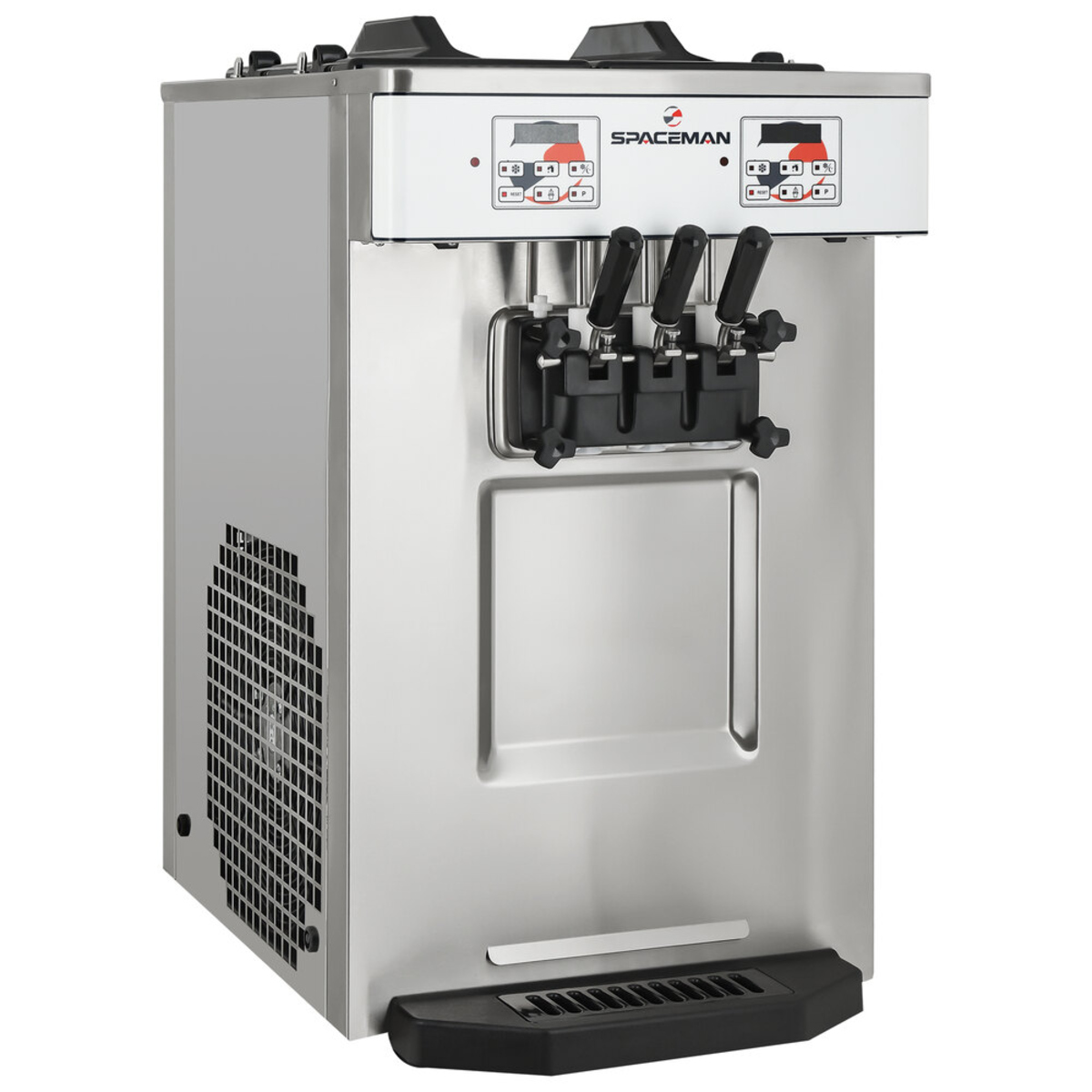
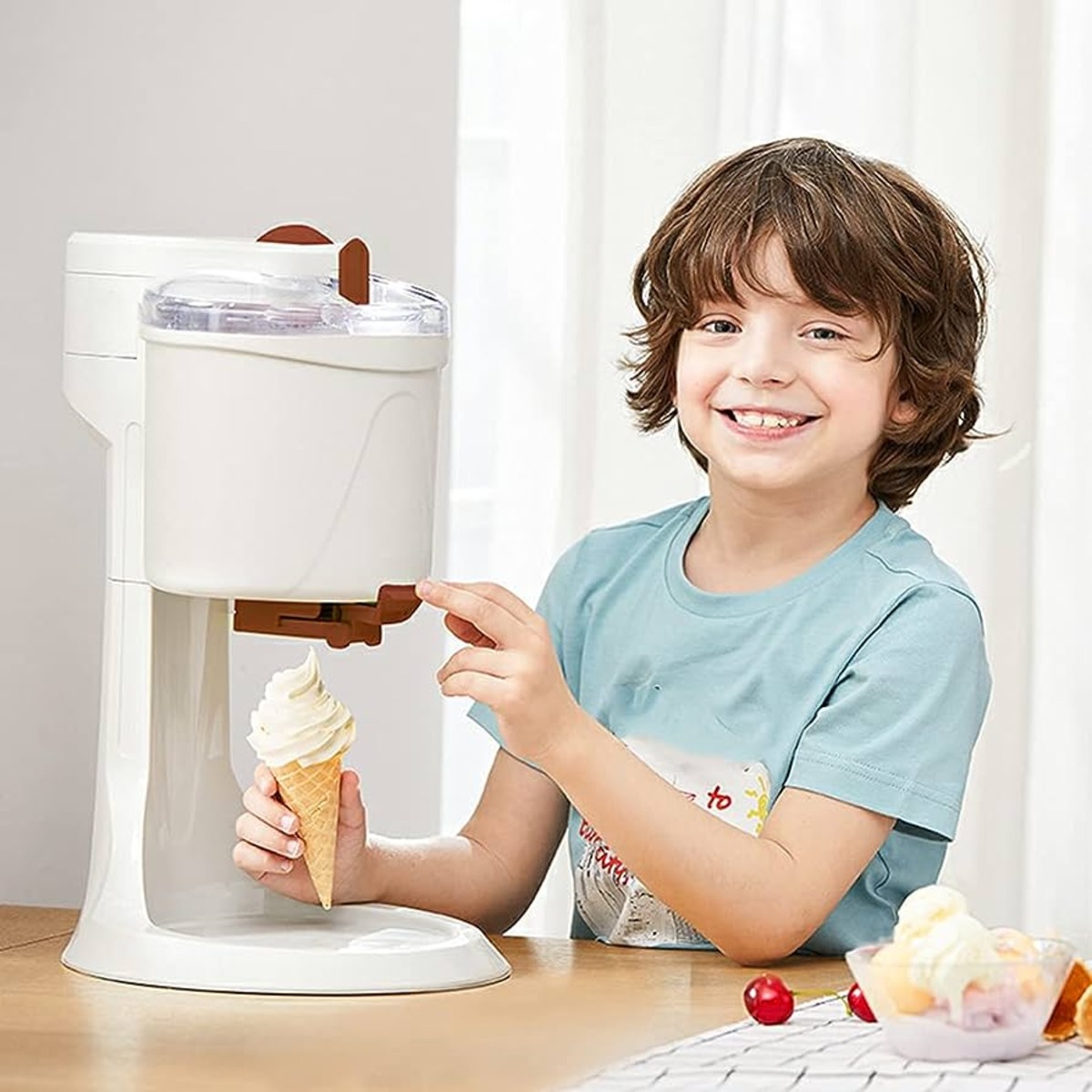

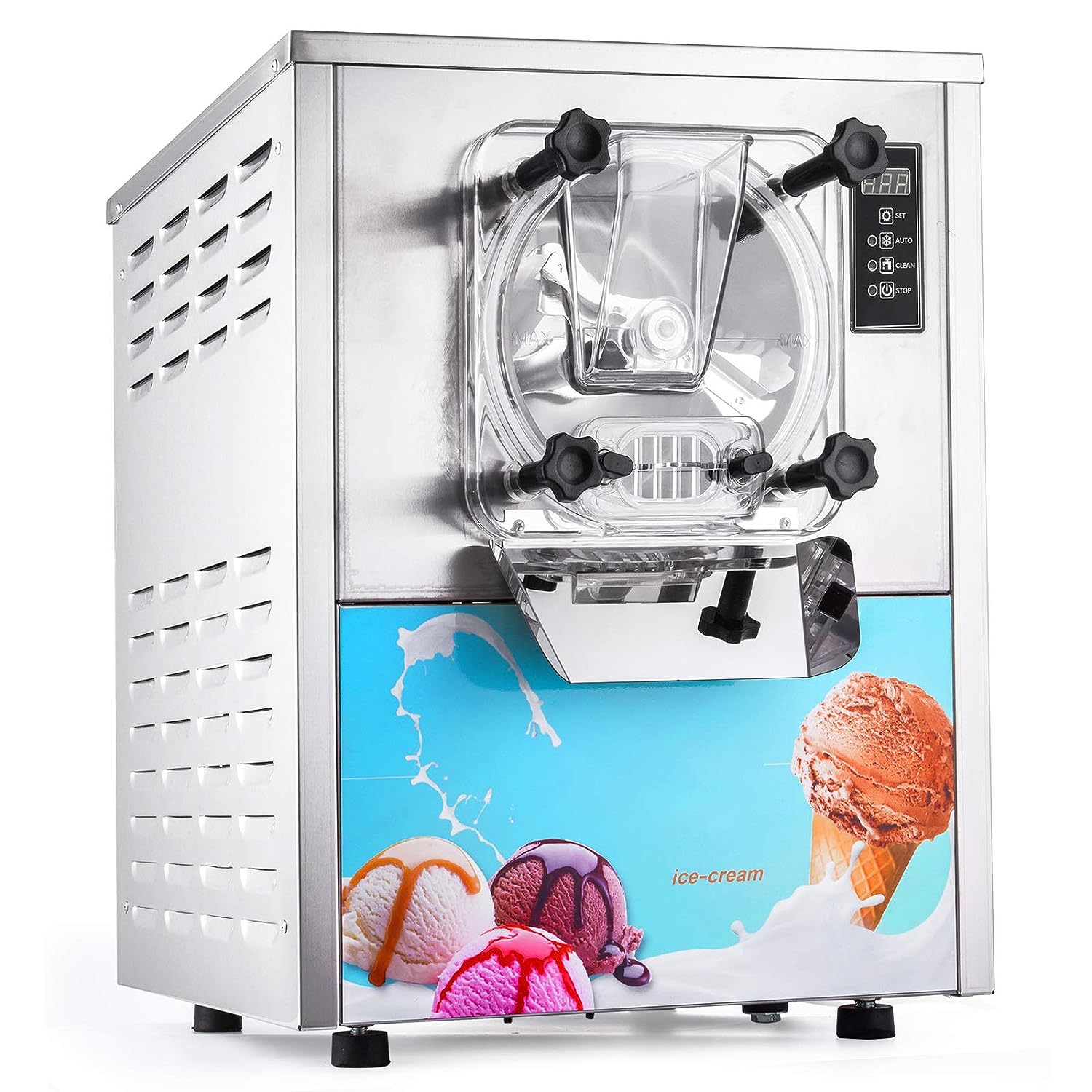
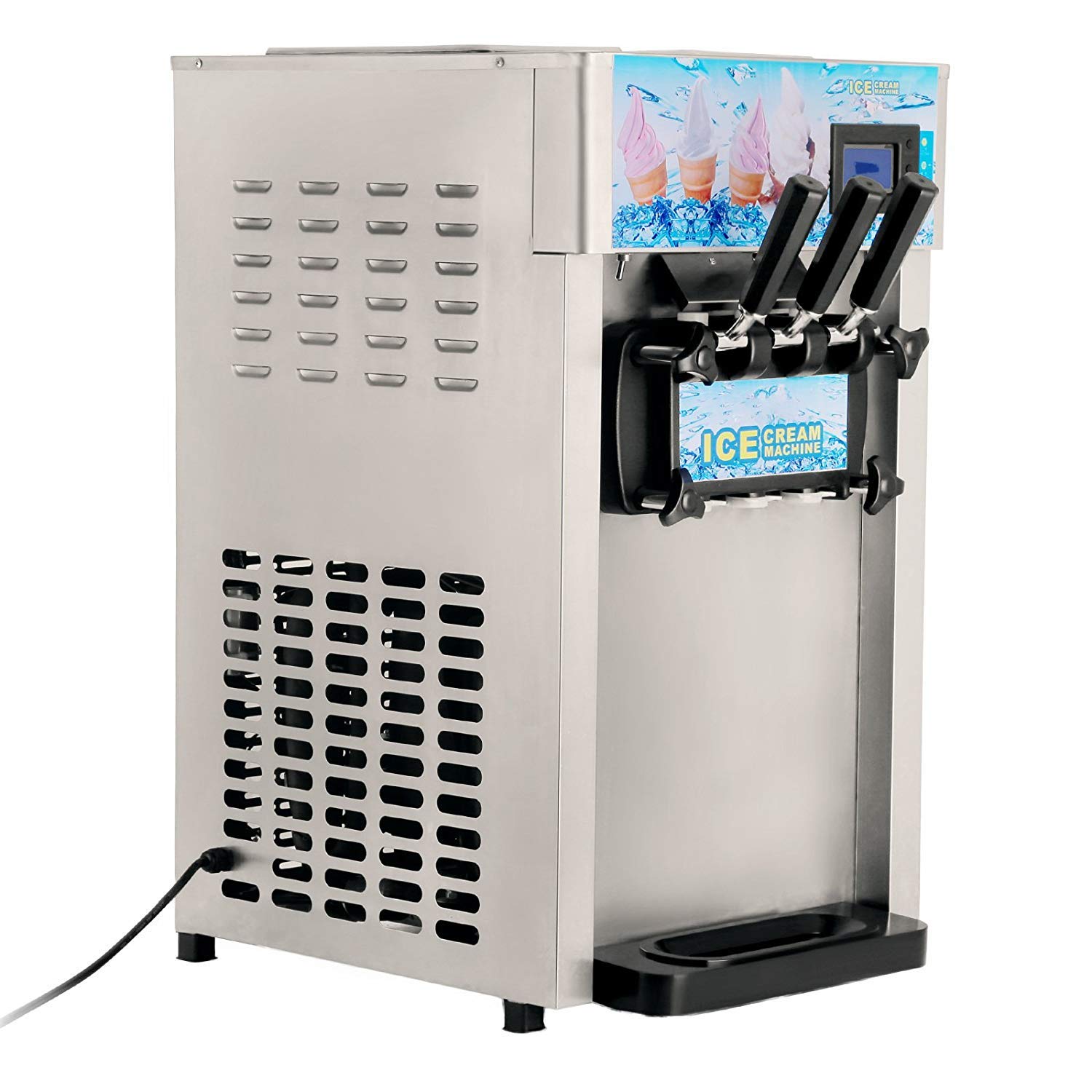
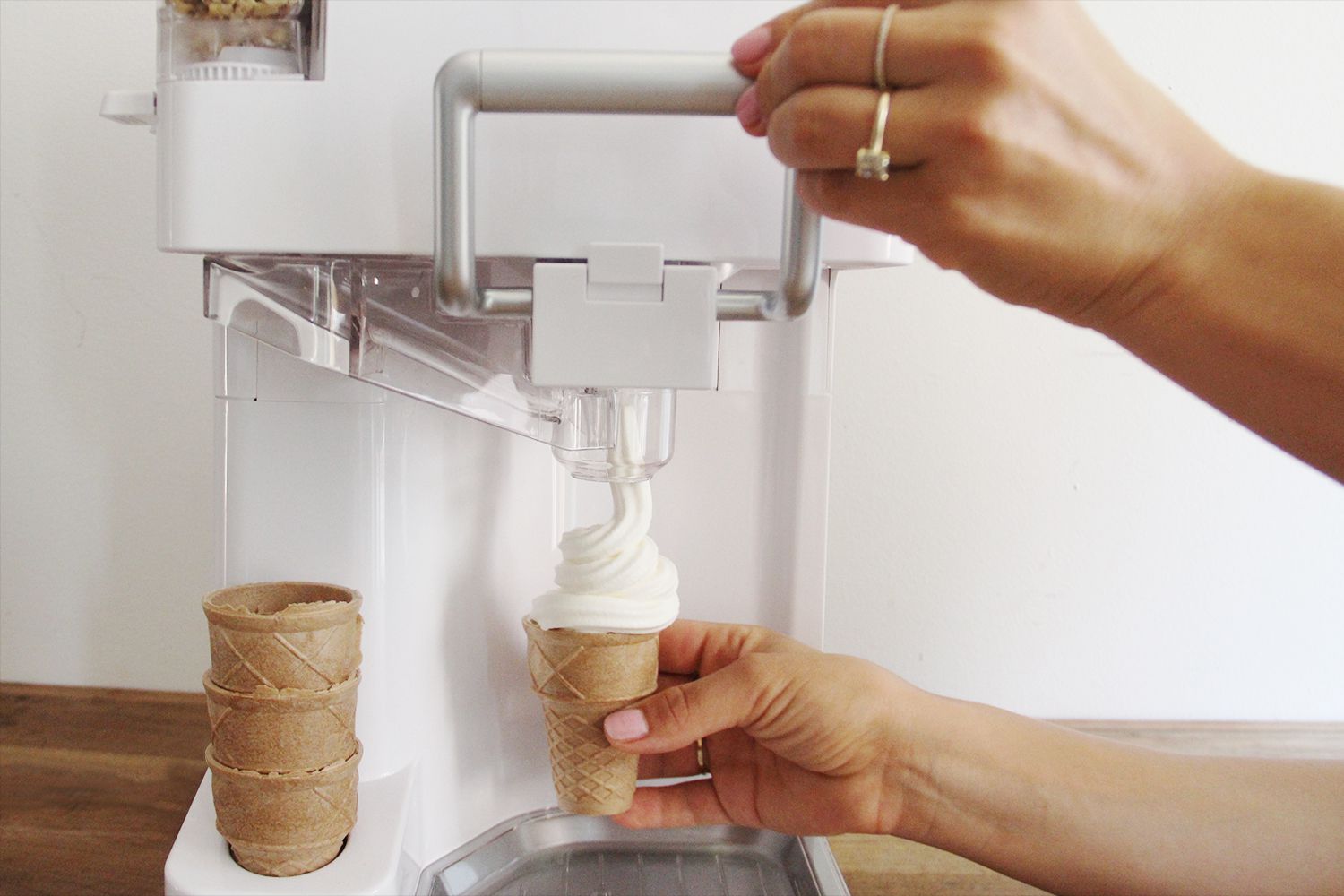
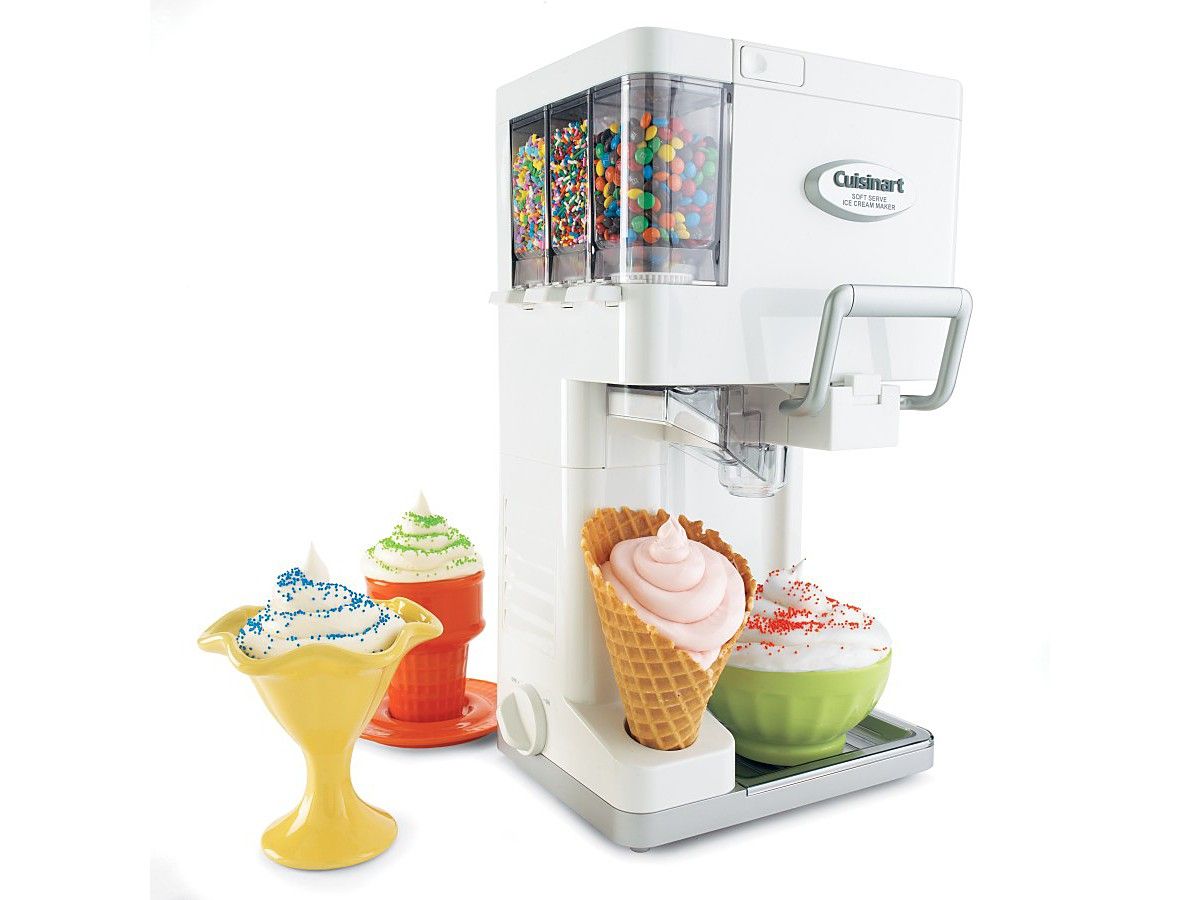
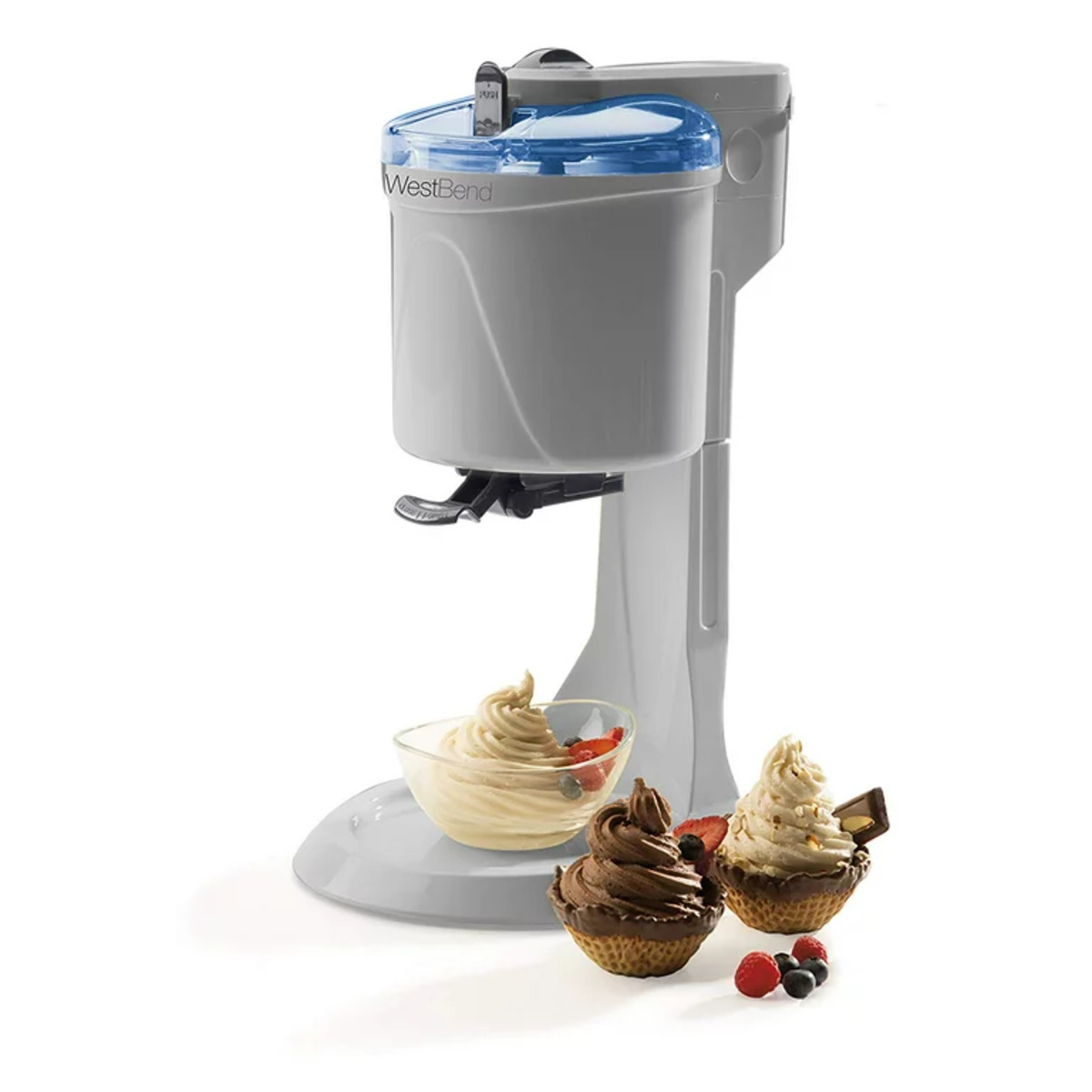
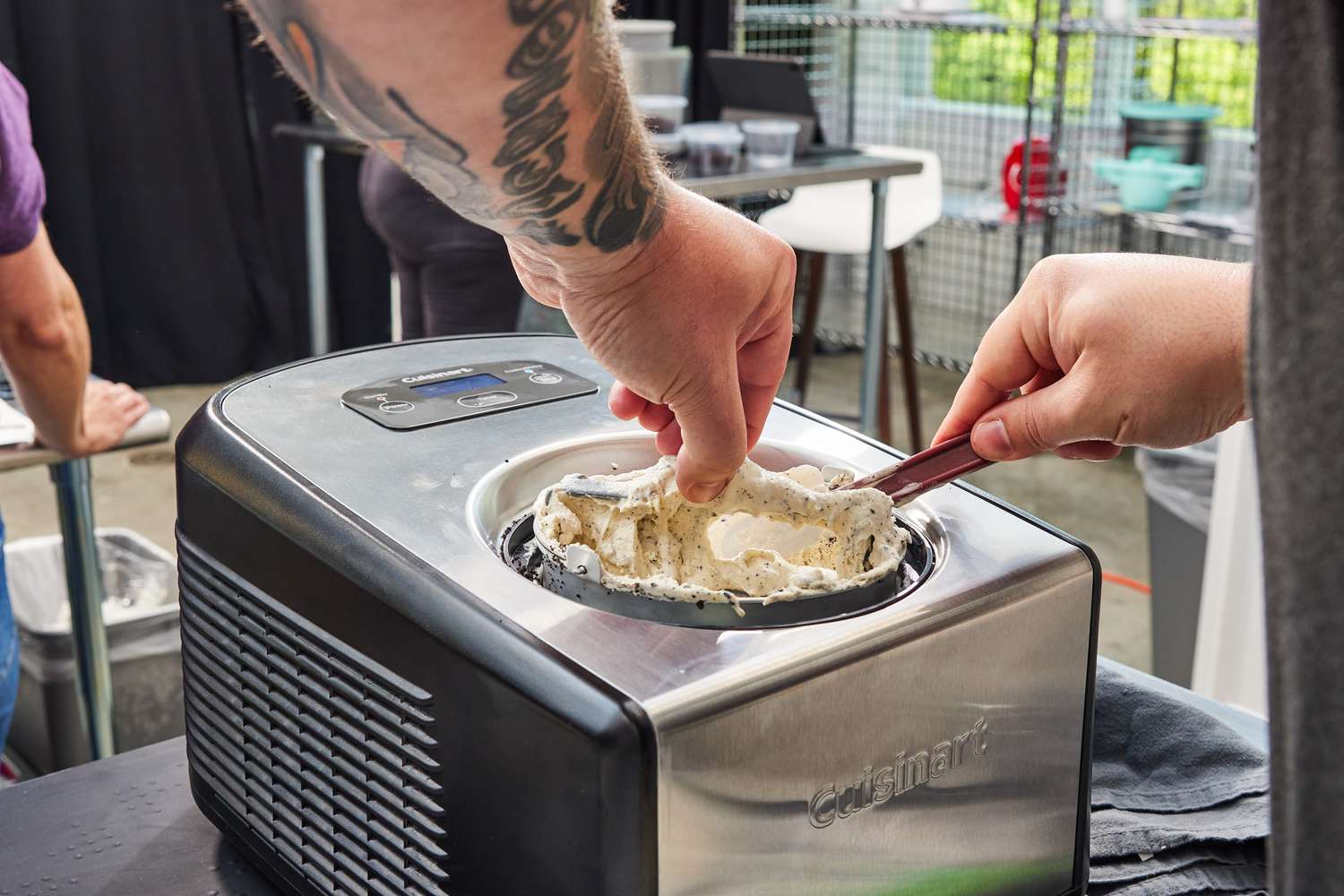
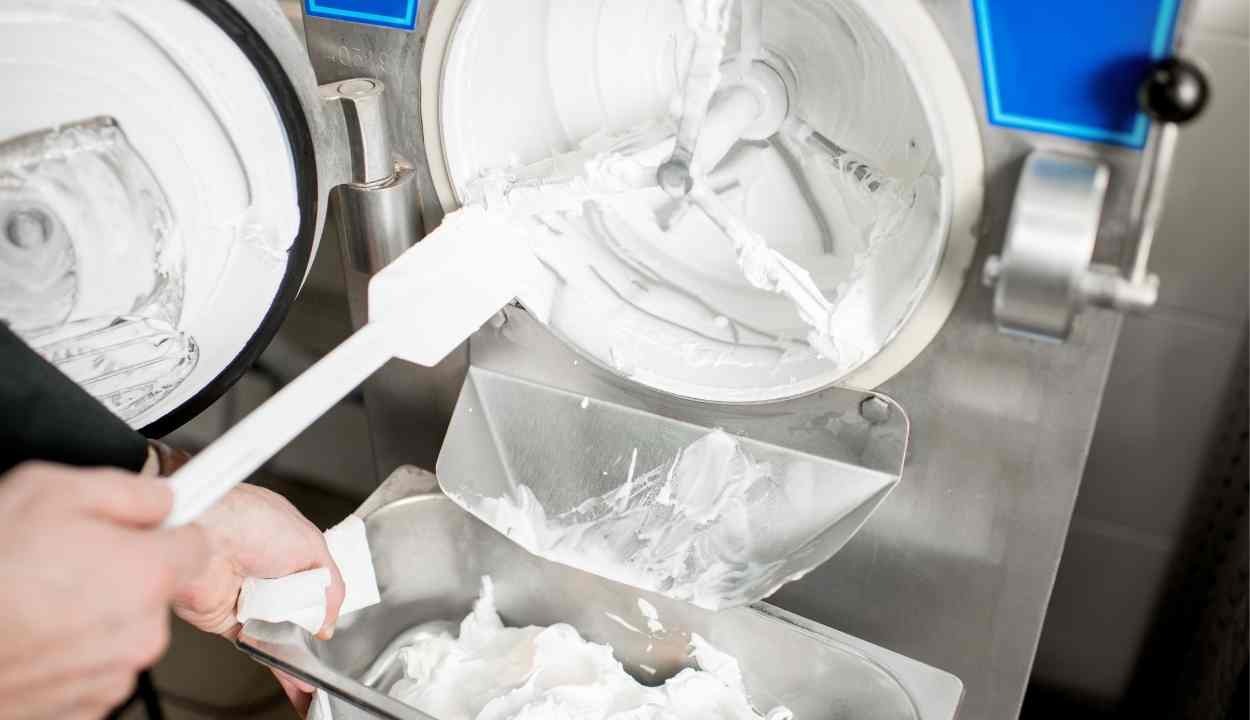
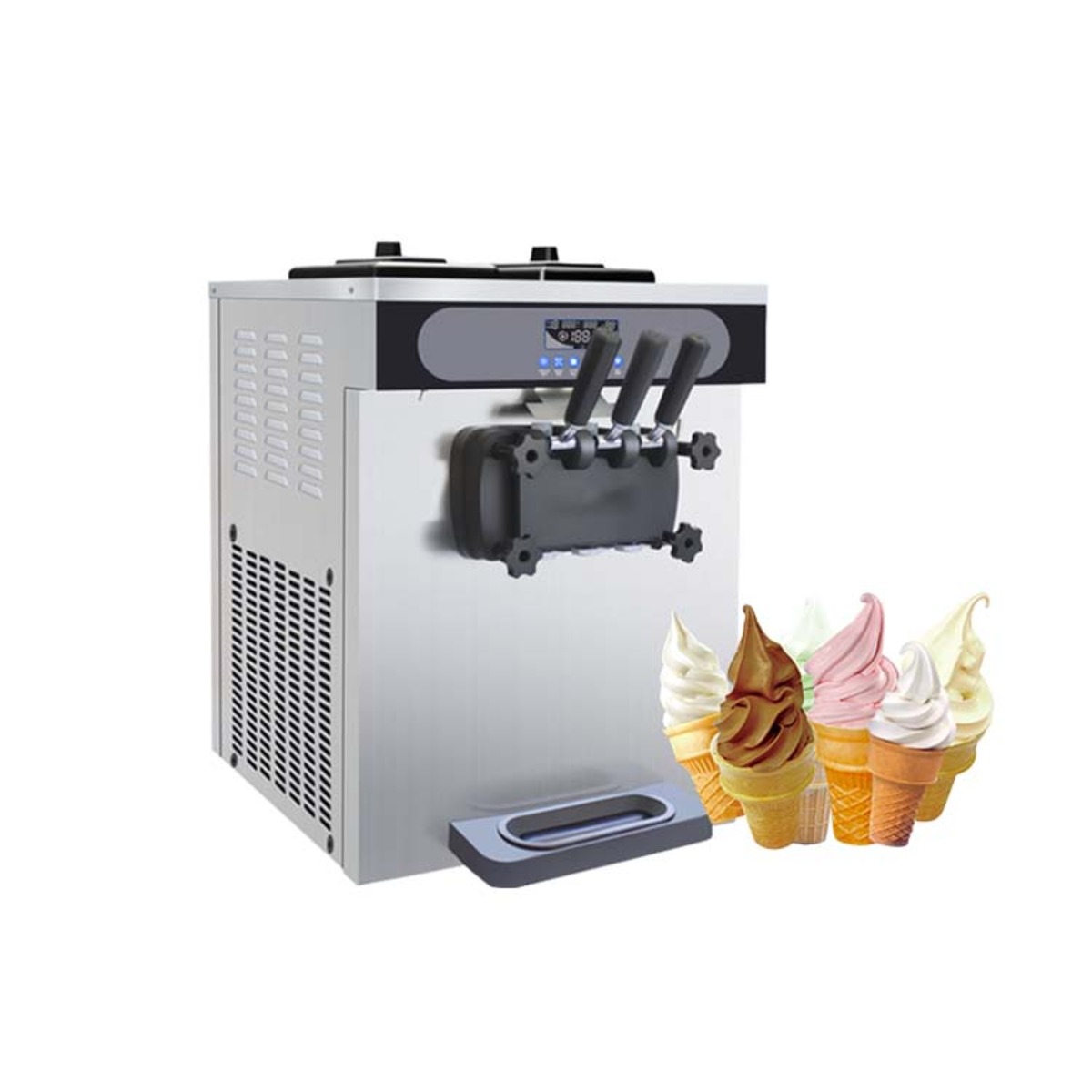
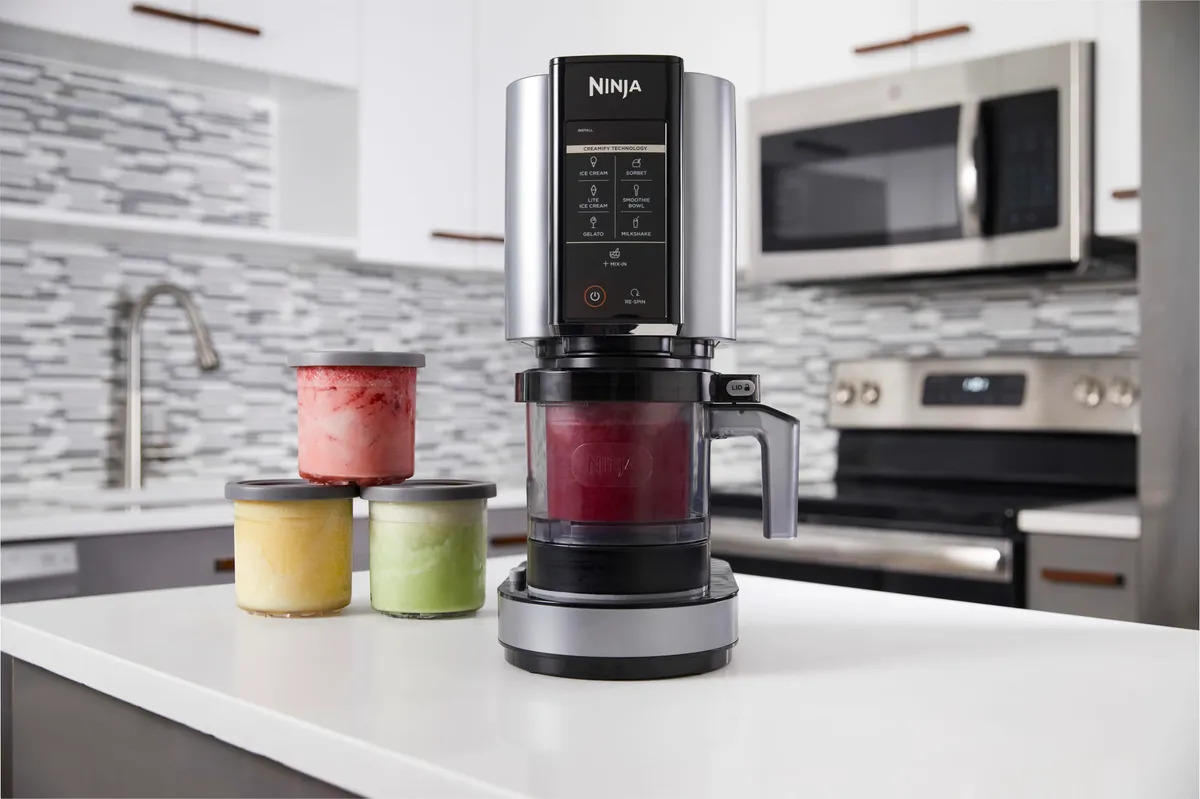
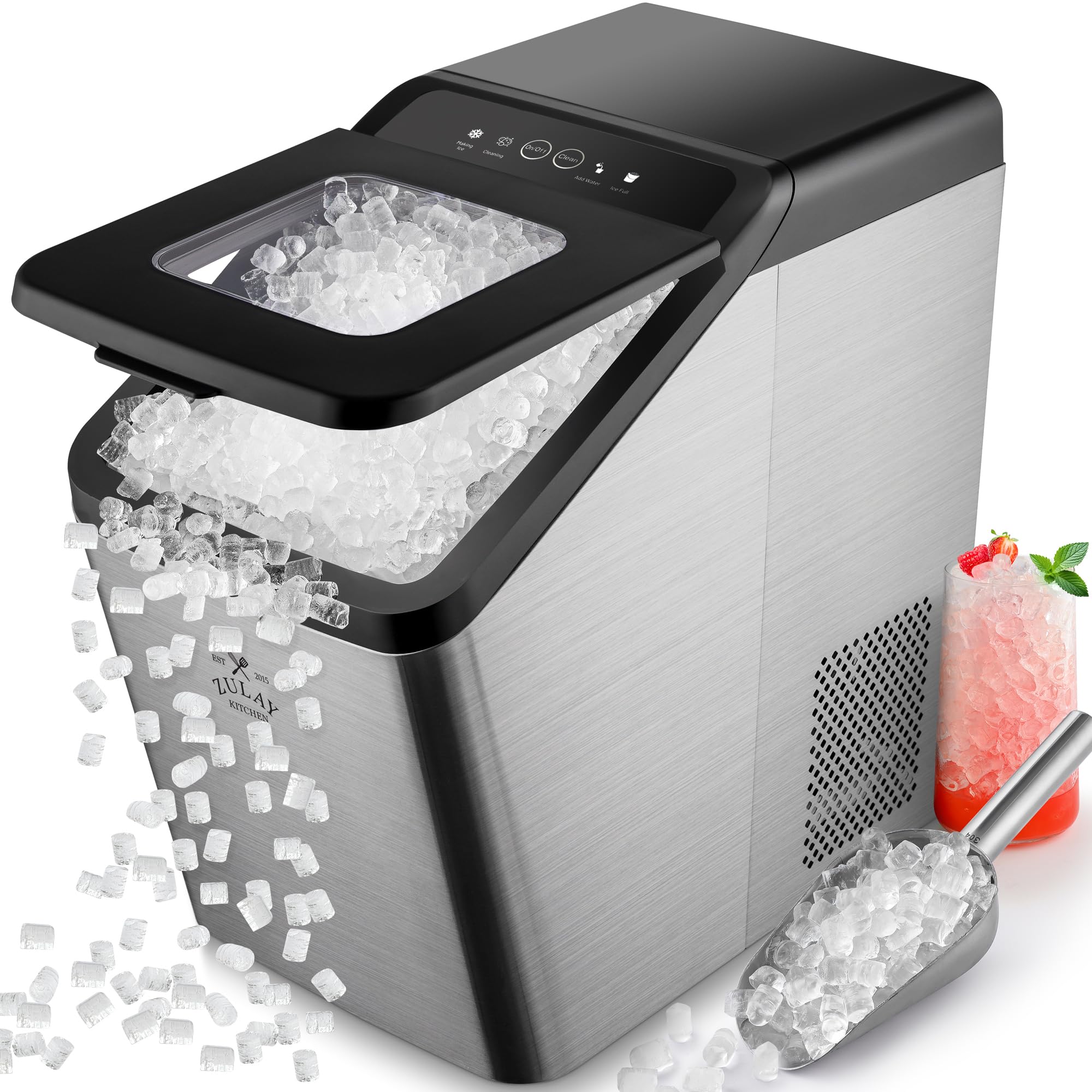
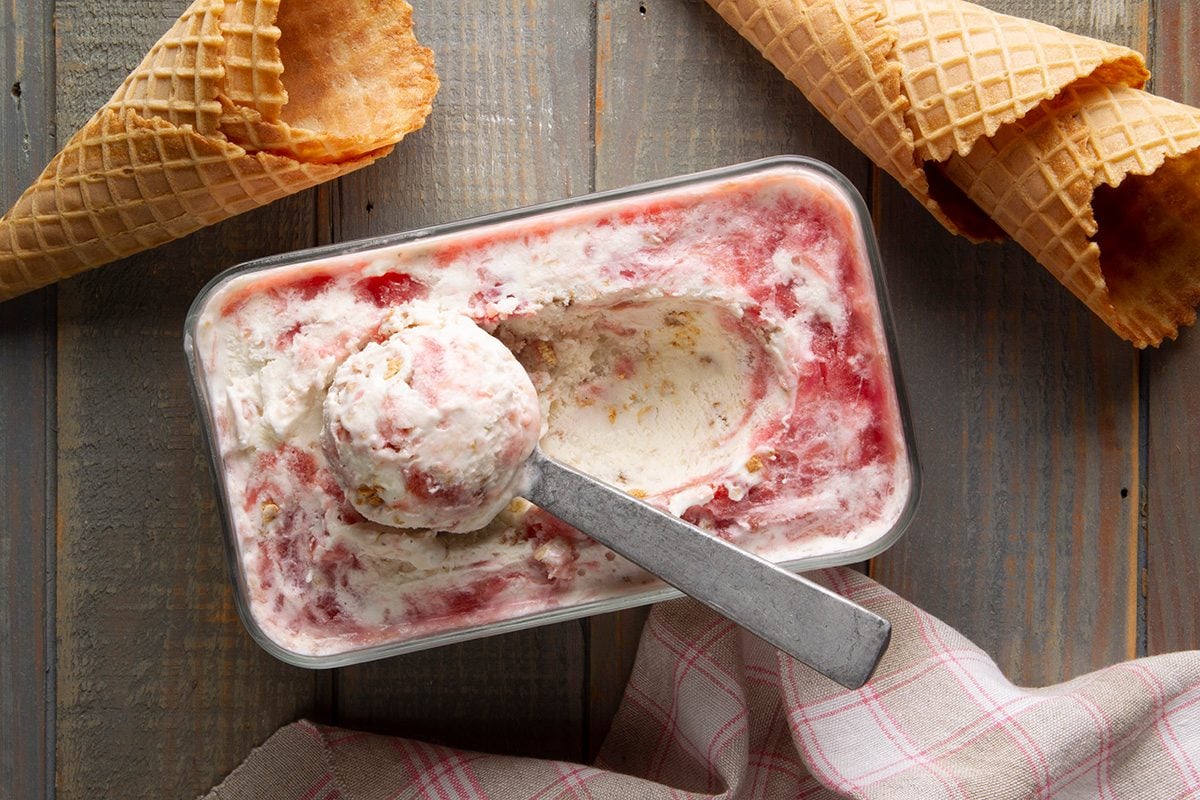

0 thoughts on “How Does A Soft Serve Ice Cream Machine Work”